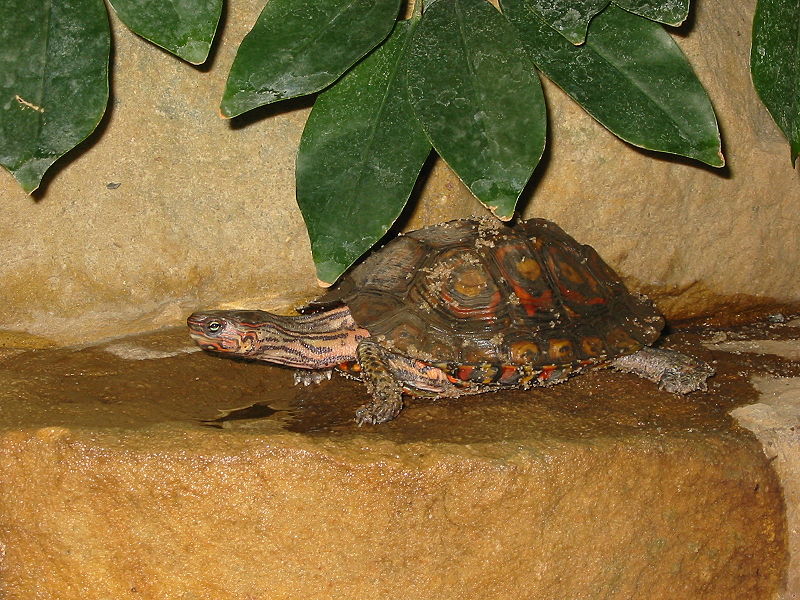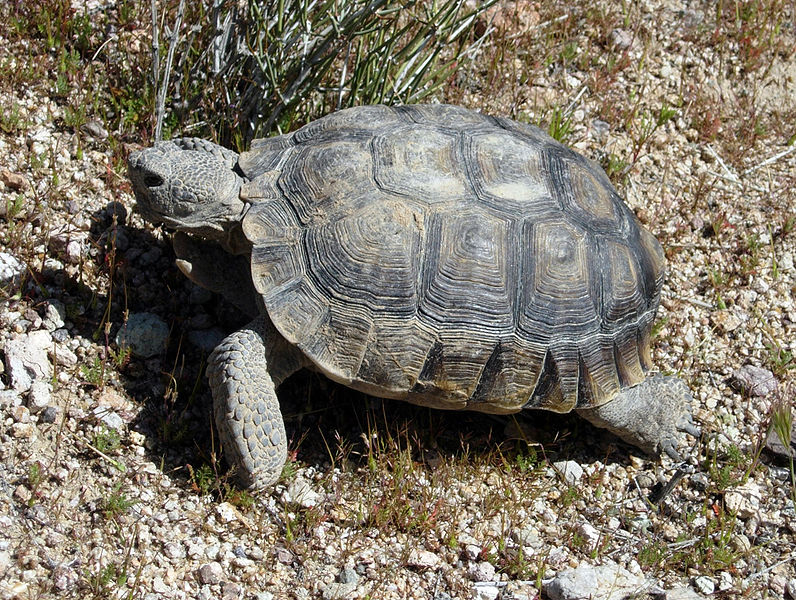
The Asian Turtle Crisis
A lack of funds and space in zoos led the establishment of the Turtle Survival Alliance, the largest turtle rescue effort ever launched. The Alliance was organized in response to unprecedented declines in freshwater turtle populations throughout Asia – a phenomenon that has come to be known as the Asian Turtle Crisis.
Soon after the group was formed, I traveled to Floridain the company of private and professional turtle enthusiasts to help rehabilitate and house nearly 10,000 turtles confiscated in China; many of the private sector people I met there now participate in rehabilitation and breeding initiatives in cooperation with zoos and museums. Read More »
 That Reptile Blog – Reptile, Amphibian and Exotic Pet Care and Information
That Reptile Blog – Reptile, Amphibian and Exotic Pet Care and Information


